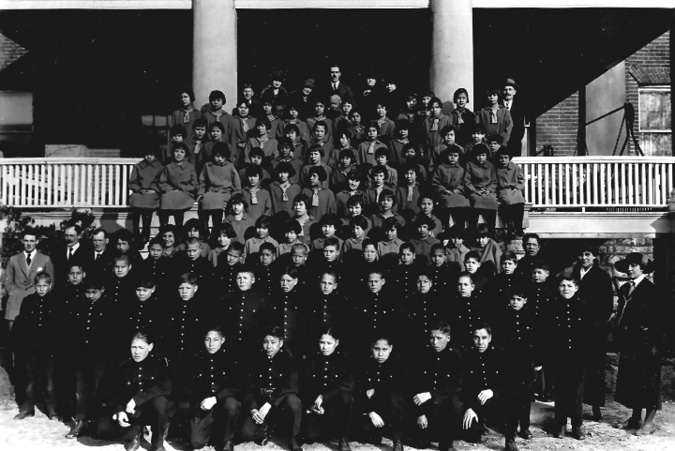Skip to main content
table of contents
Part 2
Teachers, Curriculum, and Tools of Control
Figure 0.6. Mohawk Institute students
Source: Richard Hill Collection
Teachers, Curriculum, and Tools of Control
Figure 0.6. Mohawk Institute students
Source: Richard Hill Collection